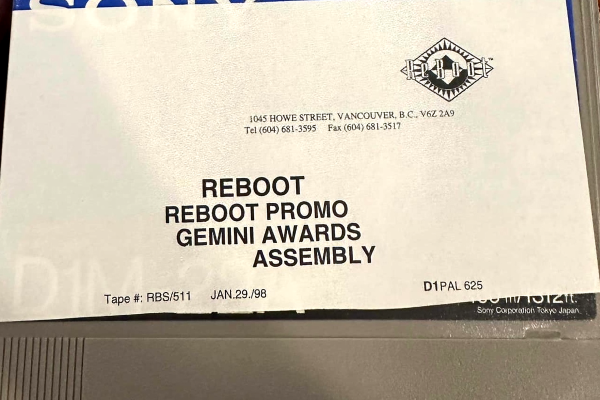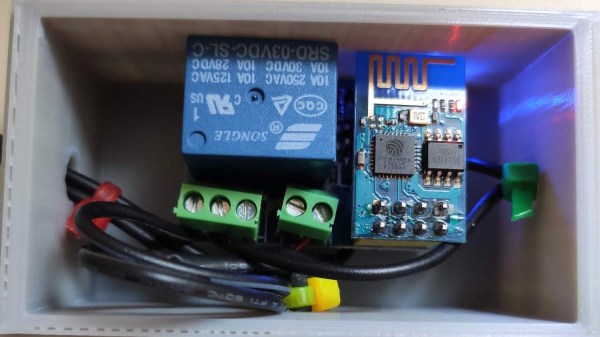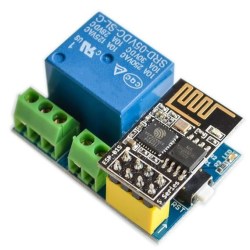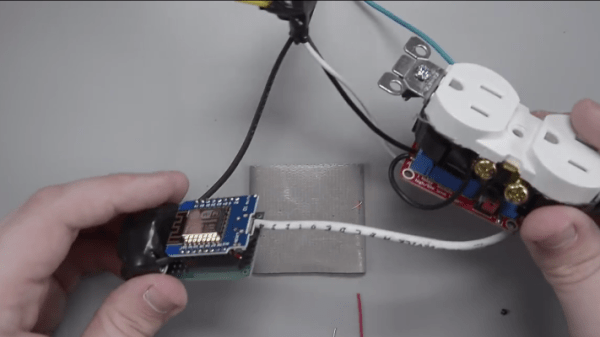As a nerdy kid in the 90s, I spent a fair bit of time watching the computer-themed cartoon Reboot. During the course of making a documentary about the show, [Jacob Weldon] and [Raquel Lin] have uncovered the original digital master tapes of the show.
This is certainly exciting news for fans of the show, but there’s a bit of a wrinkle. These digital masters are all on D-1 digital cassette tapes which the studio doesn’t have a player for anymore. The dynamic duo are on the hunt for a Bosch BTS-D1 to be able to recapture some of this video for their own film while also heavily hinting to the studio that a new box set from the masters would be well-received.
As the first CGI TV series, Reboot has a special place in the evolution of entertainment, and while it was a technical marvel for its time, it was solid enough to last for four seasons and win numerous awards before meeting a cliffhanger ending. If you’re an expert in D-1 or have a deck to lend or sell, be sure to email the creators.
Feeling nostalgic for the electromechanical era? Why not check out some hidden lyrics on Digital Compact Cassettes (DCC) or encoding video to Digital Audio Tapes (DAT)?
[via Notebookcheck]

















